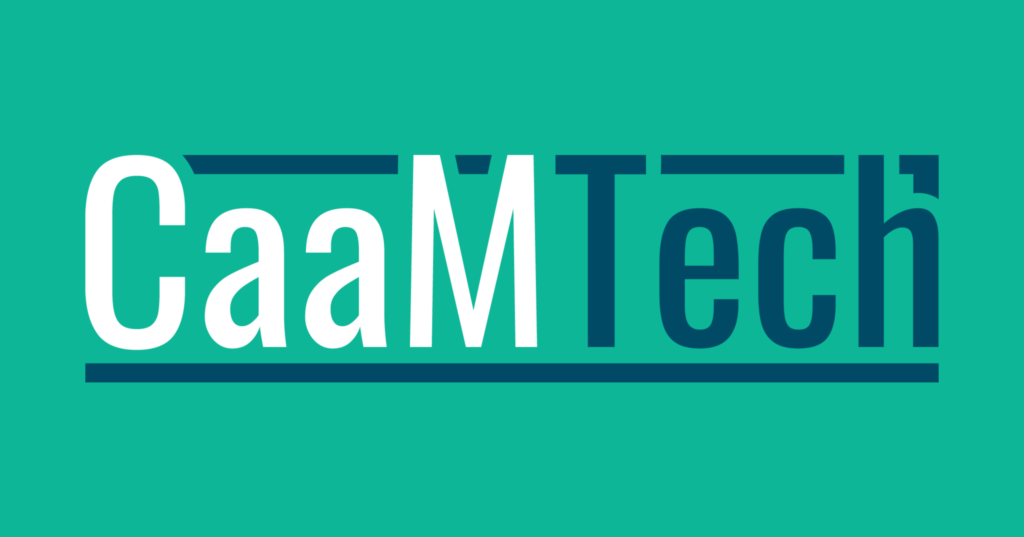
This article is part 4 in a series focusing on the psychedelic entourage effect, with particular focus on the private-sector companies exploring the entourage effect as part of their research and development activities. As an industry grows around the field of psychedelics, understanding where these companies are heading, and their research strategies is a critical part of staying up to date with psychedelic science.
Part 1 reviewed the expert opinions of two magic mushroom experts and two pharmacologists working in psychedelic research. Overall, there is a lot of skepticism about whether there is an entourage effect when it comes to psychedelic compounds. Now, we pose the question, how are psychedelic research companies approaching the potential entourage effect? Parts 2 and 3 covered Mydecine Innovations Group and Field Trip Discovery, respectively. Here in Part 4, we take a closer look at the private company CaaMTech.
CaaMTech’s Rationale and Research Paths
CaaMTech states on their website that “Most conventional pharmaceutical products offer just one active ingredient in a precise dose. Natural organisms contain multiple active molecules in varying concentrations and ratios, working in harmony to produce a multitude of pharmacological effects.” The company describes the area located between understanding single molecules and all the compounds in natural organisms as a “vast and understudied territory.” Hence, CaaMTech’s research centers on creating formulations containing precise amounts of multiple active ingredients.
One of the first critical steps for creating these formulations is synthesizing and characterizing psychedelic compounds as they occur in their natural states. Since they began operating just over two years ago, CaaMTech has published over a dozen papers detailing the crystal structures of psychedelic compounds including, 4-HO-TMT iodide1 (a metabolite of aeruginascin), 4-AcO-DMT fumarate,2 and DMPT iodide and DMALT iodide.3 Their latest paper published in Acta Crystallographica, reveals the crystal structures of three psilocin prodrugs synthesized from psilacetin.4
Recently, CaaMTech announced its partnership with the US National Institutes of Health to study synthetic tryptamine compounds. Also, in December 2020, CaaMTech announced they will be collaborating with the Leibniz Institute for Natural Product Research (aka the Hans Knöll Institute, HKI). A research team led by Dr. Dirk Hoffmeister will work on filling the many knowledge gaps that exist in the understanding of magic mushroom compounds. Speaking of the work with Dr. Hoffmeister and HKI, Dr. Chadeayne said in a press release,
Understanding the chemical composition of magic mushrooms allows us to quantifiably distinguish their effects from pure psilocybin and harness the advantages.
CaaMTech’s Impact on Psychedelic Research
CaaMTech is impacting psychedelic research in the areas of intellectual property and solving the crystal structures of psychedelic compounds. Both of these efforts center around the entourage effect hypothesis.
Based on a 2017 priority patent filing, it appears that CaaMTech was the first company to propose making formulations of psychedelic compounds in the context of them having a synergistic or entourage effect.5 Specifically, the patent discusses purifying and combining psilocybin derivatives, cannabinoids, and/or terpenes for treating depression and other conditions.
Recently, they also filed a patent application pertaining to the compounds found in the plant Tabernanthe iboga (used for making ibogaine) for treating indications including addiction and treatment-resistant depression.6 The claims describe combining one or more purified ibogaine derivatives and, in some formulations, excluding one or more compounds to eliminate undesired effects.
In addition, CaaMTech is taking the lead in solving the crystal structures of psychedelic compounds. Doing this work is an essential first step in learning about their pharmacology and creating formulations for treating specific conditions. For example, in July 2020, Dr. Chadeayne and CaaMTech published a synthesis method and crystal structure data for the aeruginascin metabolite 4-HO TMT.1 Not only that, but the team generated data indicating, surprisingly, that 4-HO-TMT is active at the serotonin 5-HT2A receptor.
In a LinkedIn post, Dr. Chadeayne suggests looking to nature for inspiration and answers to questions about how to formulate and optimize psychedelic drugs.
Maybe the future of the psychedelic industry doesn’t need to be an either-or question. Perhaps we could have compositions that include the combinations of active compounds found in nature within reliable formulations that provide the precision and consistency expected from pharmaceutical products.

Email for details if needed.
Had all the symptoms of ‘Woodlovers Paralysis’ and finished up in emergency department after consuming about 8 grams of psilocybe subaeruginosa